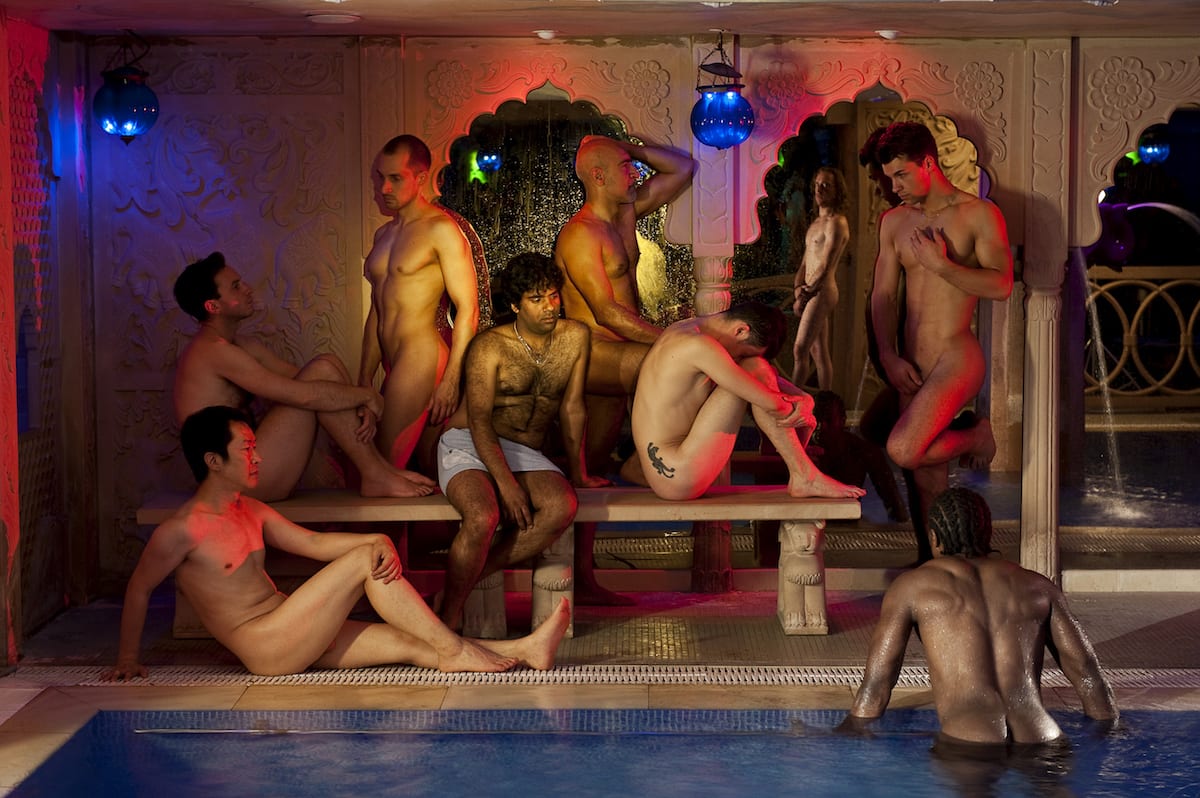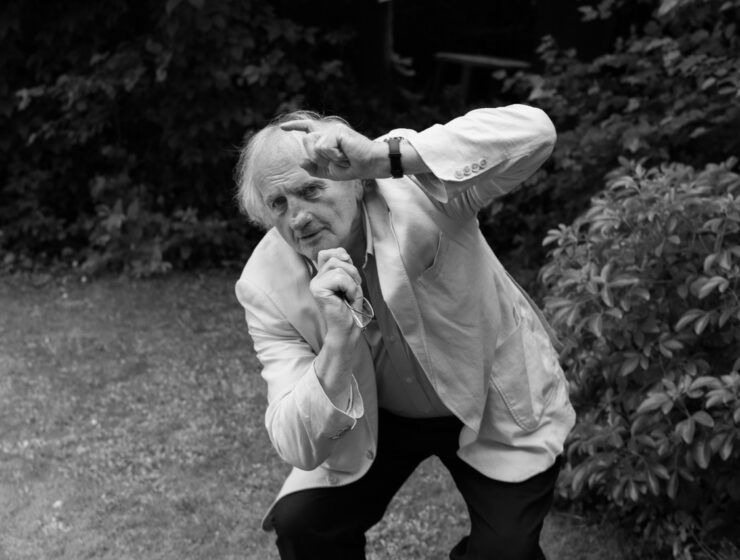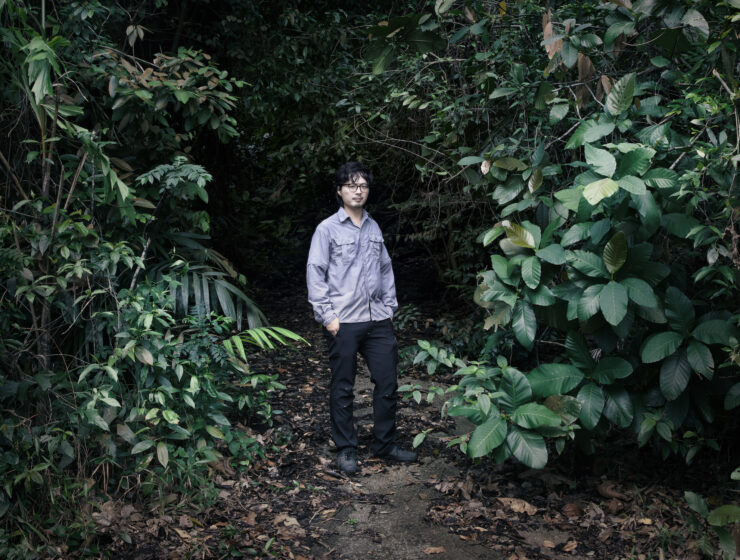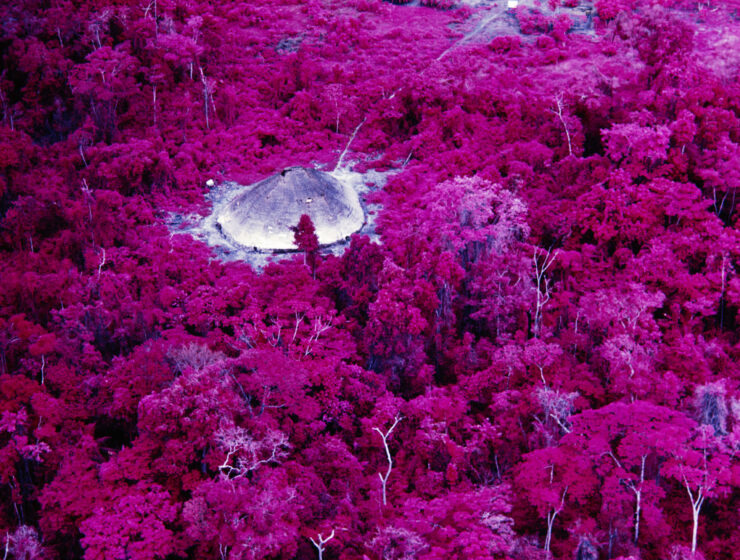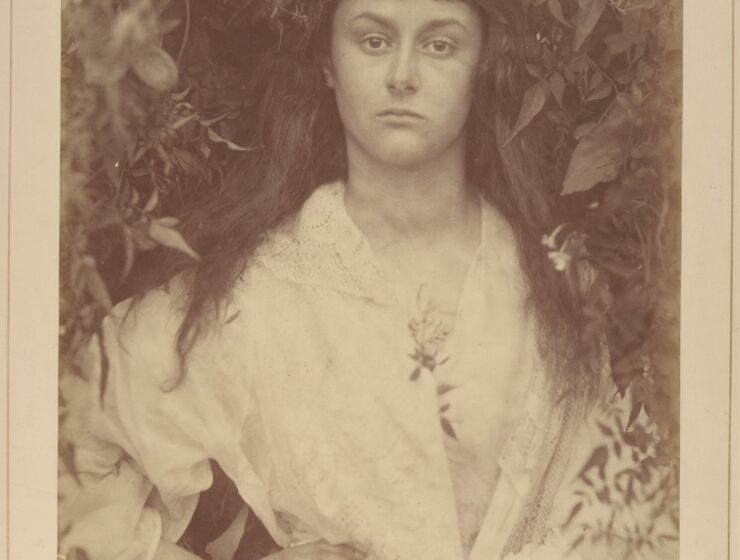Untitled #9. 2010. From the series Sun City, courtesy the artist and Hales Gallery, Stephen Bulger Gallery and Vadehra Art Gallery © Sunil Gupta. All Rights Reserved, DACS. 2020
As The Photographers’ Gallery celebrates its 50th anniversary this year, Director Brett Rogers looks back at its legacy-shaping exhibitions during the 1990s.
The year 2021 marks 50 years since The Photographers’ Gallery first opened its doors in London. To mark the occasion, director Brett Rogers and her team have put together 50 Exhibitions for 50 Years – a selection of shows from the TPG archive spanning some of the most significant moments in both the Gallery’s history, and the landscape of photography more broadly. We have already talked through the 1970s and the 1980s at the Gallery. Now Rogers introduces us to some of her highlights from the 1990s.
“The scale, breadth and ambition of the 1990s programme continued to reflect the cultural shift which had already begun to take place during the late 1980s,” she says, “what I would call the ‘expanded view of photography’ which moved beyond reportage/straight documentary of figures such as Sebastião Salgado (1990) and Gordon Parks (1993), to incorporate wider notions of lens based image-making and computational photography, whilst also acknowledging the growing importance of identity politics and multidisciplinary practice.”
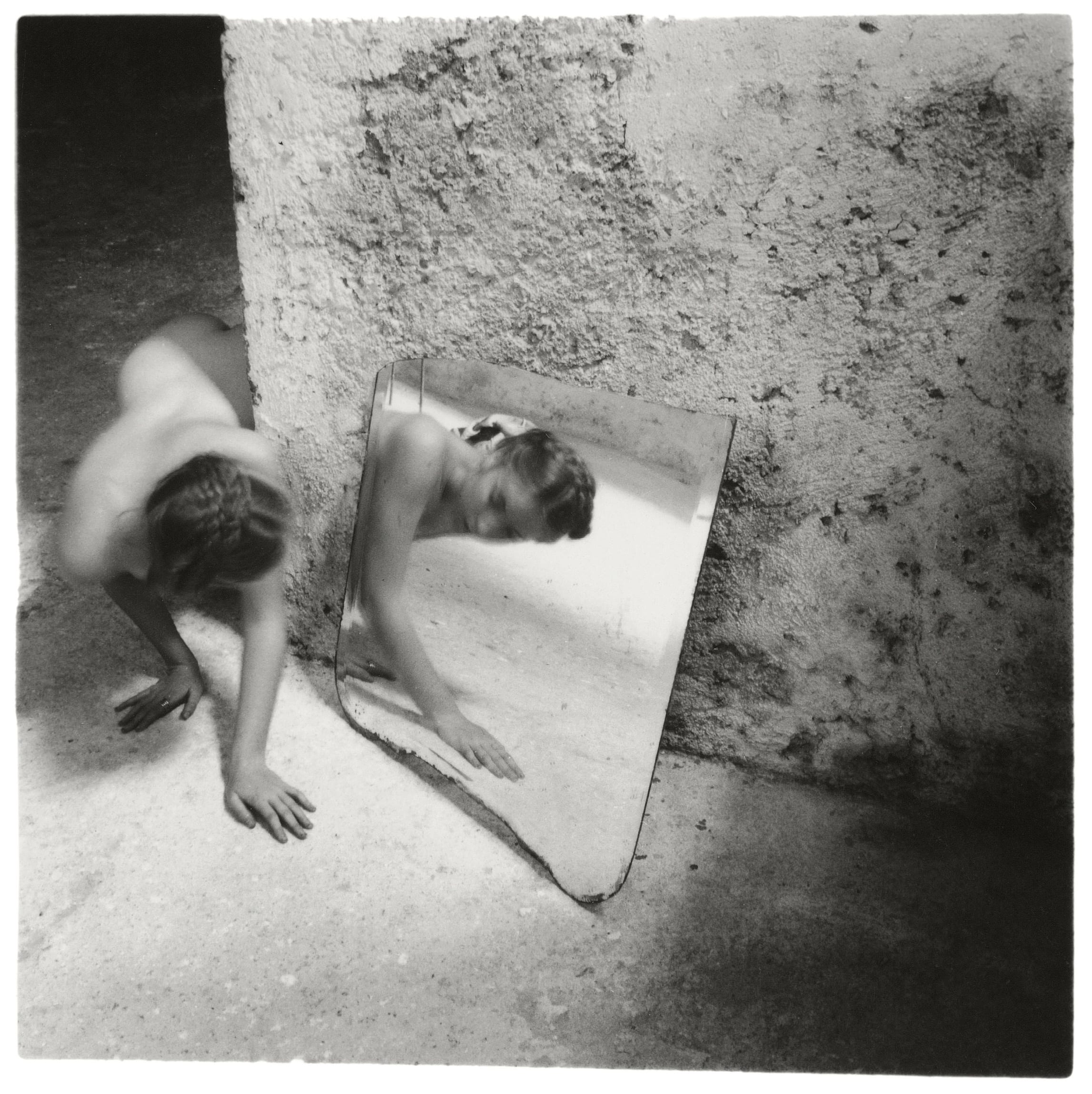
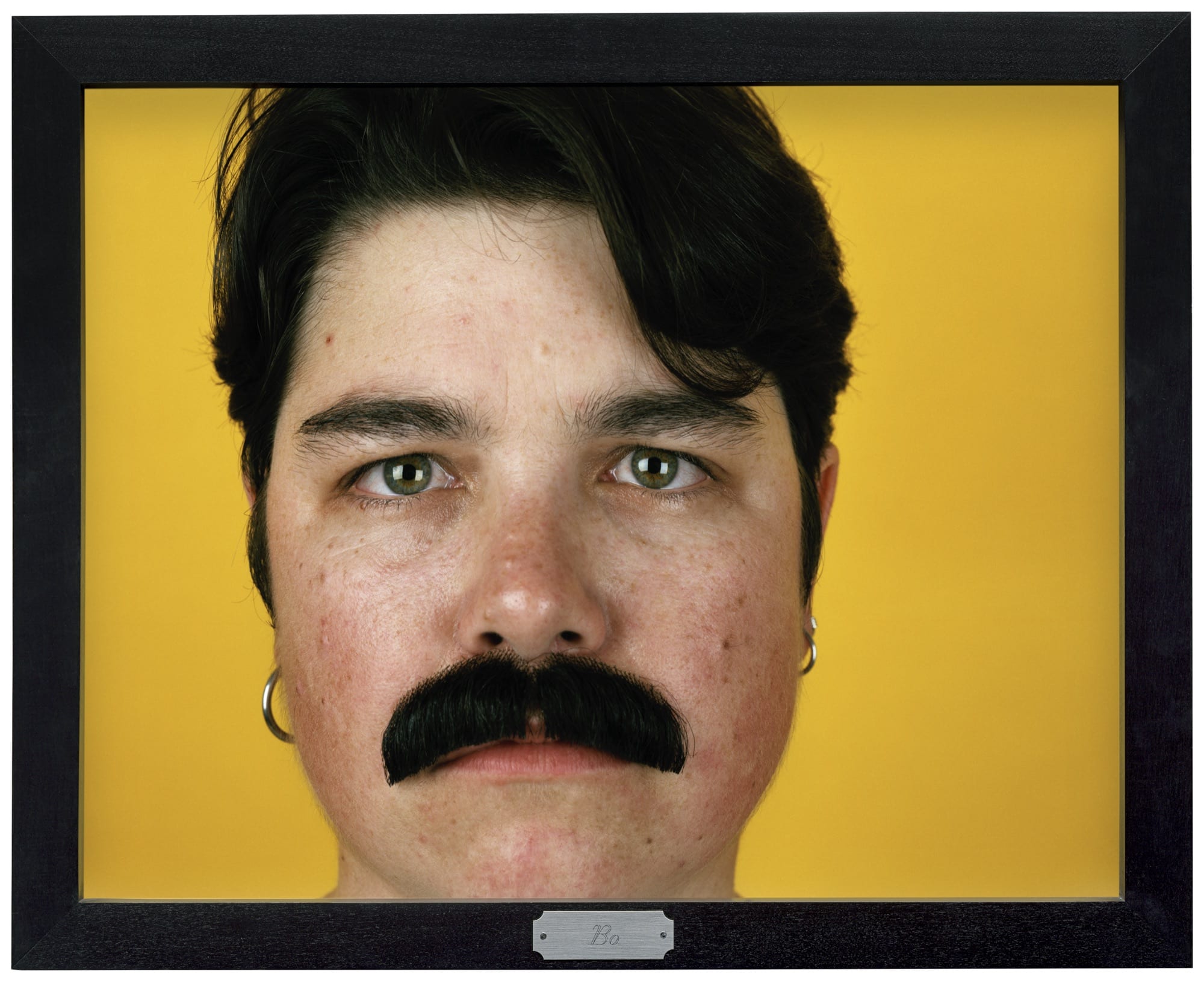
Much of the credit for this change in emphasis, Rogers says, is down to the incoming director Paul Wombell, who held the post at Gallery from 1994 to 2005. “He went on to appoint curators with extraordinary vision,” she continues – people including Jeremy Millar, “who was responsible for curating Speed with TPG and the Whitechapel Gallery, and Kate Bush, who curated trailblazing exhibitions by women photographers, and introduced artists such as Francesca Woodman (1999) and Catherine Opie (2000) to British audiences for the first time.”
One of the shows that felt particularly key when plotting out the coordinates of this decade in photographic history include An Economy of Signs – Contemporary Indian Photography (1990), which Rogers describes as a seminal exhibition for TPG. “India had been long interpreted through Western eyes, but this exhibition, curated through the eyes of Indian artist, writer and curator, Sunil Gupta, took a new approach. The eight artists chosen represented a generation born since the country’s independence. Their work was evidence of a new vision addressing the diversity of the subcontinents’ histories and cultures,” she explains.
Relatedly, The Impossible Science of Being – dialogues between Anthropology and Photography (1996) was another major moment, arriving, “at a time when collections of anthropological photography within British museums were being reassessed in relation to colonial, Western histories,” Rogers says. Curated by three anthropologists from the Royal Anthropological Institute, the show featured works in the form of lantern slides, cartes de visite, rare books and projected images, providing what Rogers calls, “a critical and thought-provoking exploration of anthropology’s photographic legacy.”
Elsewhere in the programme of that decade, Photovideo: Photography in the Age of the Computer (1991) was another obvious choice for inclusion. “The show featured mixed media and experimental practices from a diverse and dynamic group of artist including Keith Piper, Susan Boyce and Kativa Sharma and was prescient in the later development (from 2012) of our own digital programme, because it examined the digitisation of photography and technology’s critical role in reformulating our understanding of the image.”
Throughout the 90s, Rogers says, Wombell changed up what it meant to be a director by combining it with the role of curator, and in doing so, he shaped a powerful legacy. Not only did he launch the Photography Prize in 1997 (first supported by Citibank, and then by Deutsche Börse Photography Foundation since 2005), but also in curating timely and relevant exhibitions that reflected how the medium was changing as the turn of the century approached.

